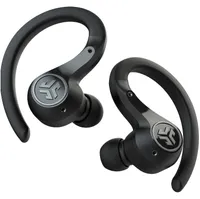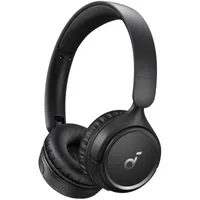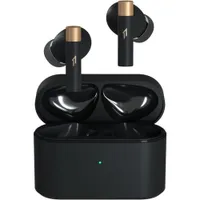The best cheap headphones in 2025: Big sound for less
Whether it's over-ear or in-ear designs, these are the best cheap headphones that deliver great personal sound for less
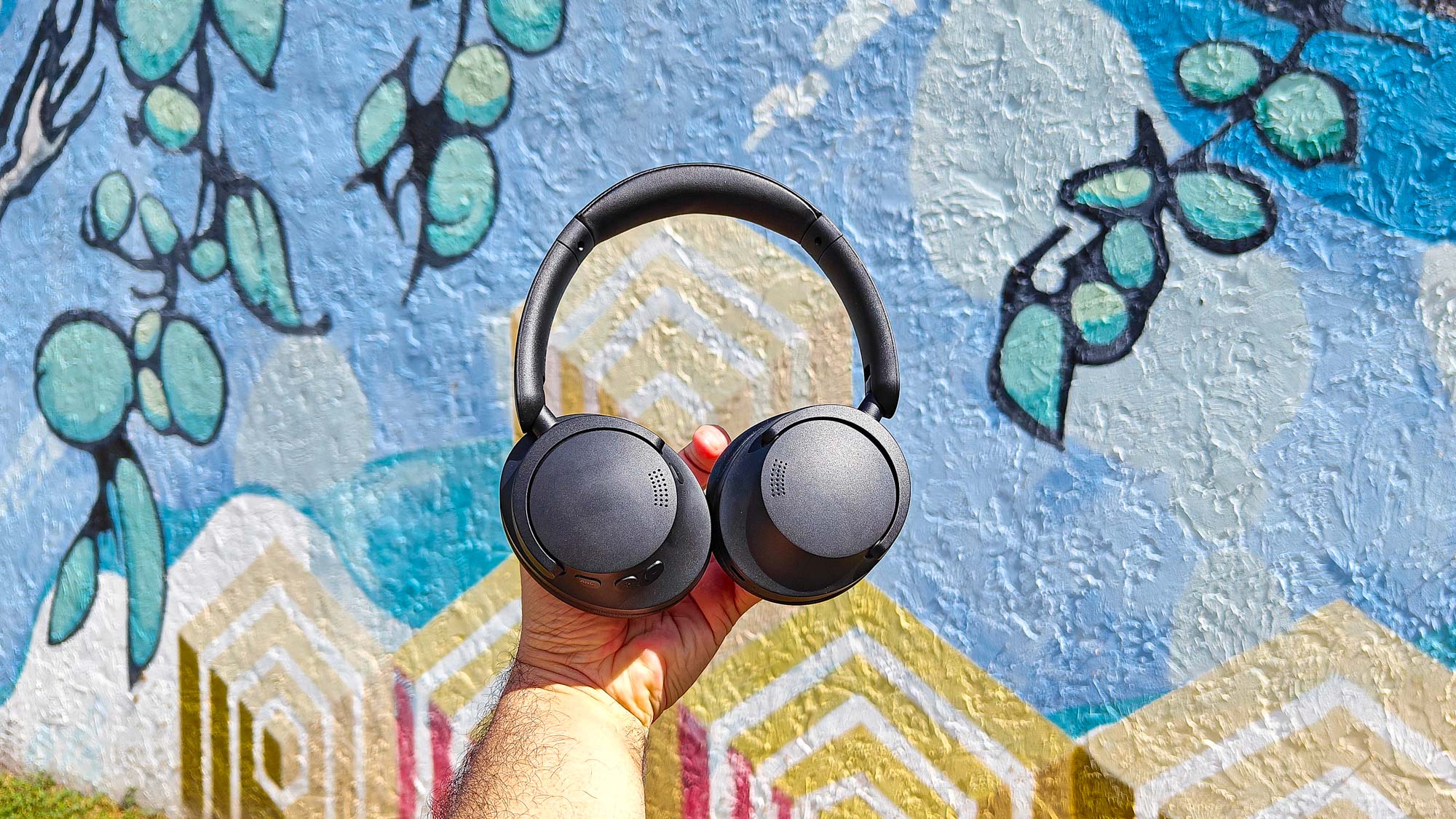
The best cheap headphones are all about getting maximum quality for the smallest possible investment. That’s not to say that these are just the cheapest working headphones and earbuds we can find; we’ve tested them all to make sure that despite their low prices, they really can deliver on sound quality, comfort and practicality.
Sitting in the top spot is the 1More SonoFlow SE, a special edition release that provides the same great audio and call quality as the standard version, but at a lower price point. Right behind it is our favorite budget pick: the Sony WH-CH520. These wireless on-ear headphones host several of Sony’s upscale sound technologies and have longer battery life than most luxury noise-cancelling headphones.
The quick list
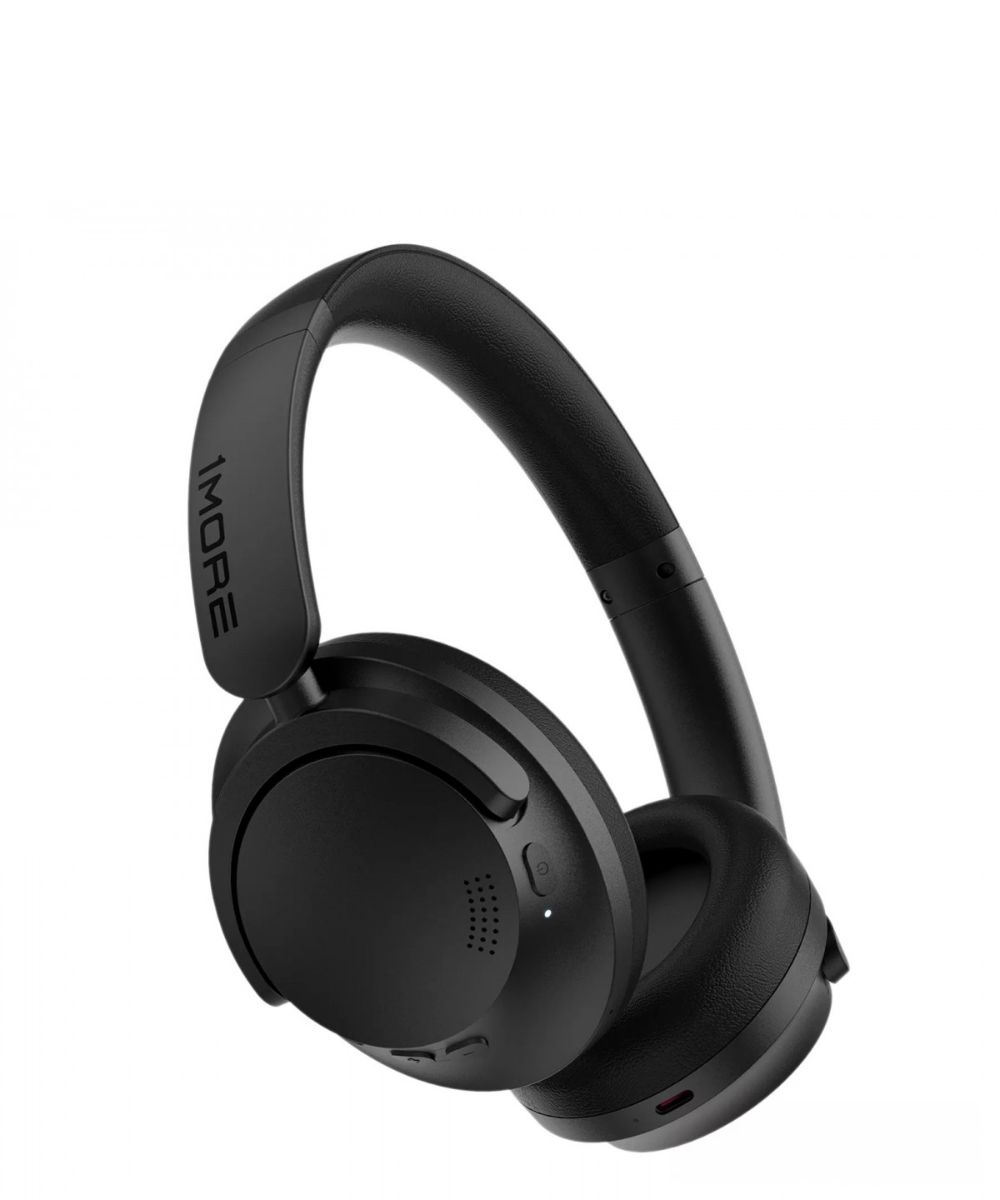
The best cheap wireless headphones overall block out around 85% of external sounds thanks to their strong ANC performance. Battery life lasts for 50 hours with ANC on, they have good sound and superb call quality.
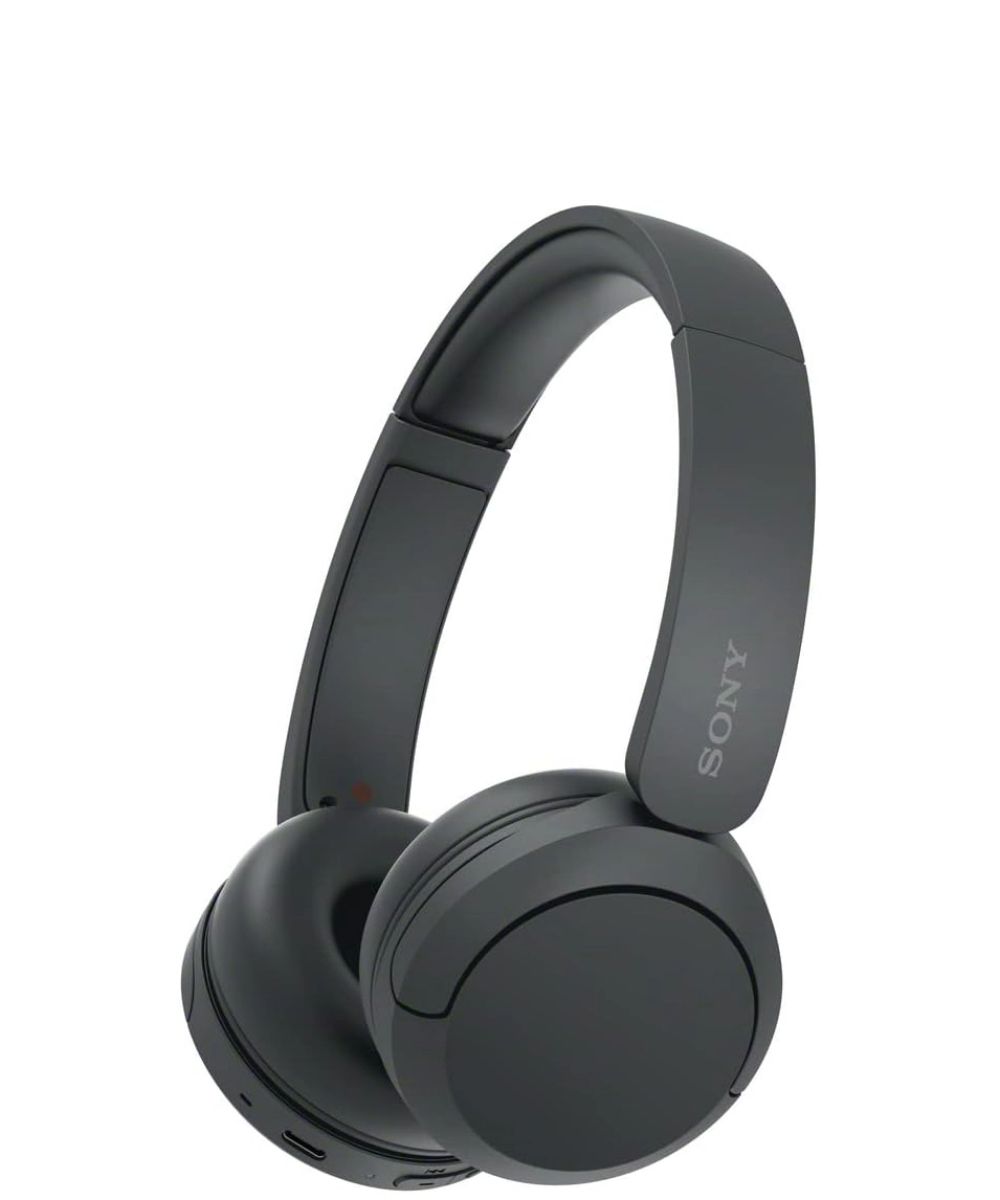
These combine much of what we love about the Sony's flagship XM5 headphones, but at an entry-level price. There's no noise canceling but they deliver a big nuanced sound and support 360 Reality Audio via the app.
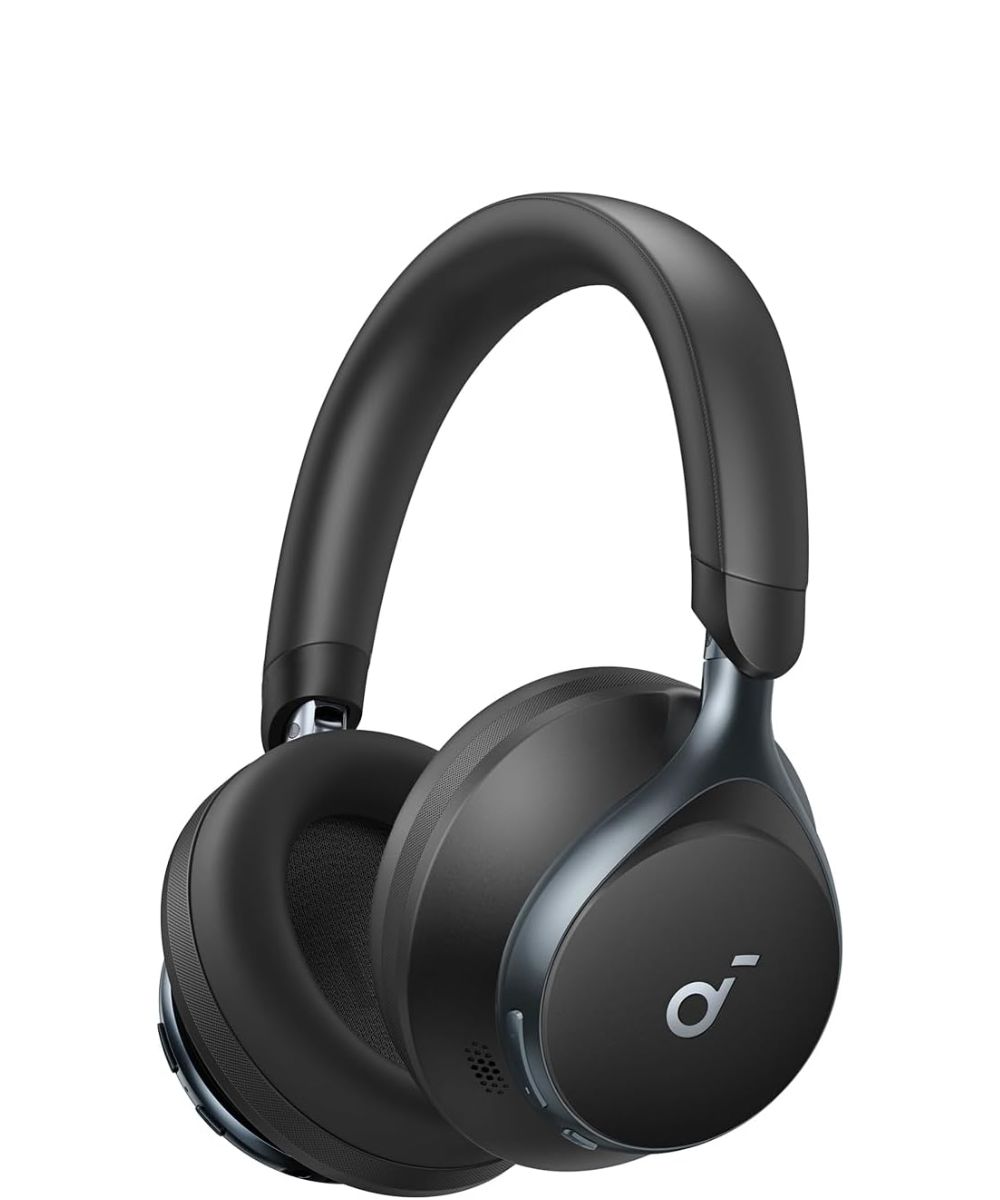
These headphones offer premium sound features and ANC performance at the entry-level price. They have Bluetooth 5.3 with LDAC codec support, customizable sound, multipoint technology, and strong quick charging.
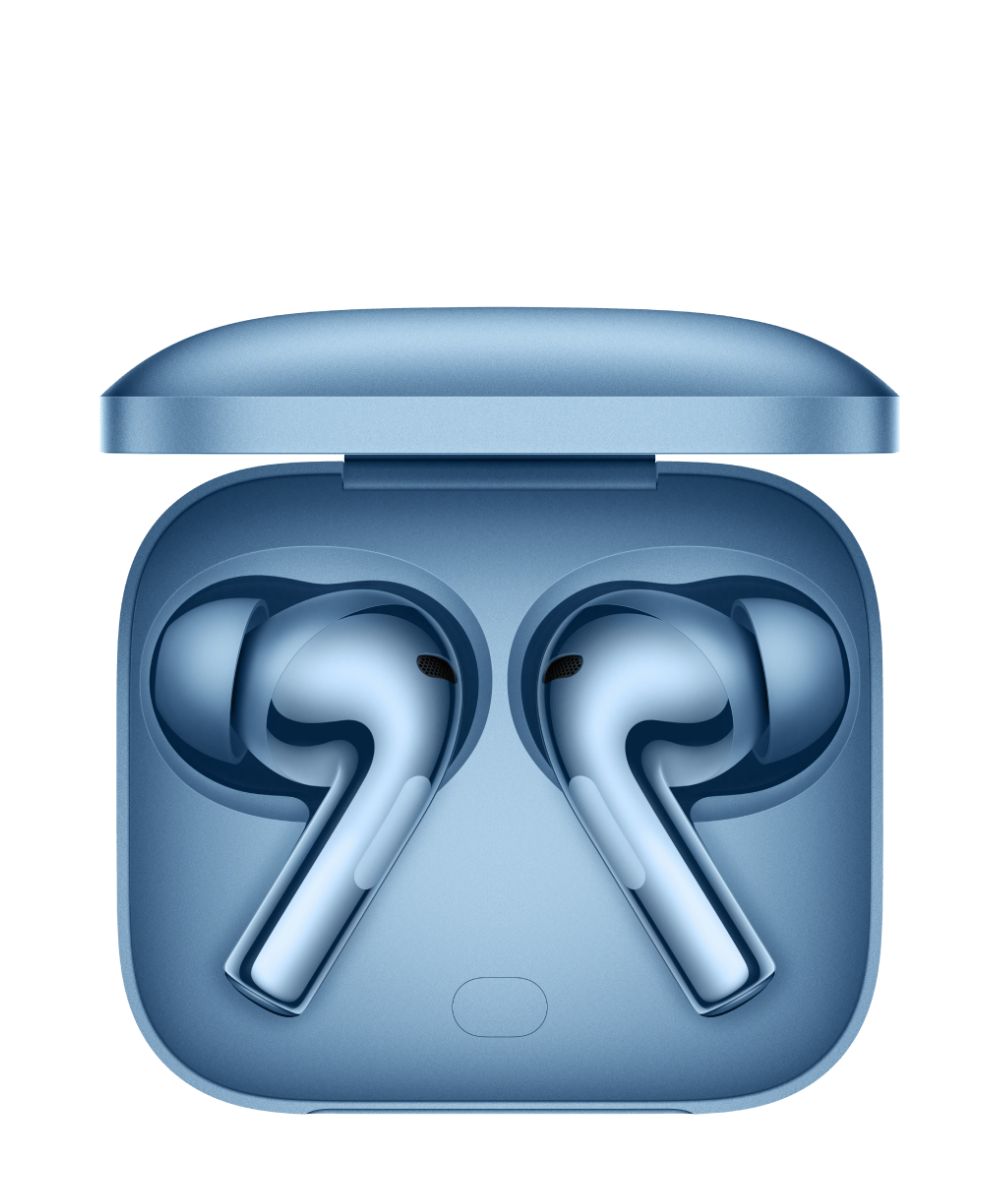
If you're looking for the best earbuds under $100, then the excellent OnePlus Buds 3 are the way to go. They're comfortable, sound great, and have some wicked style thanks to their cool color options and chrome accents. The ANC is good as well.
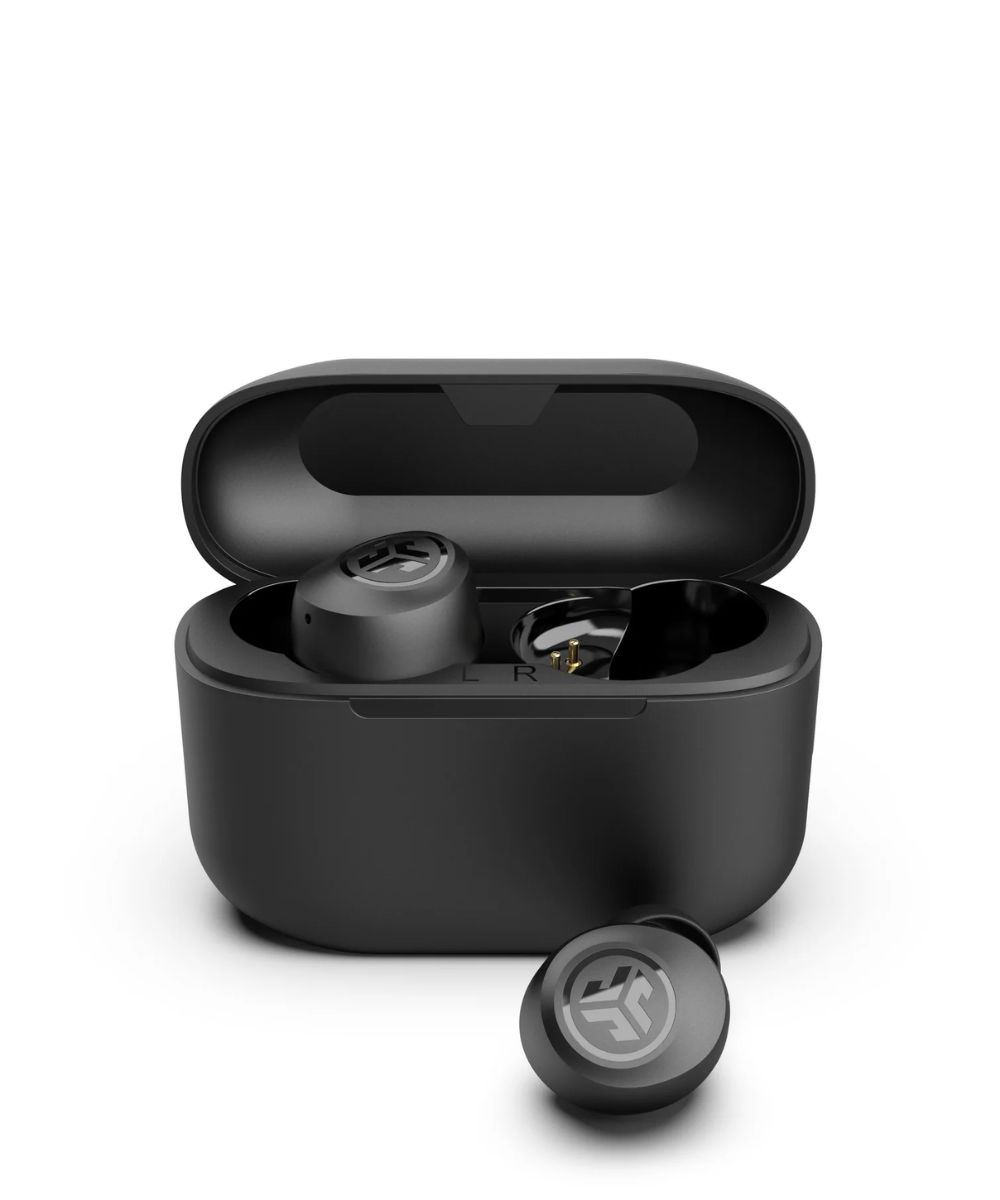
The positively tiny and surprisingly excellent Go Air Pop buds outperform their incredibly low price with aplomb. They're under $25 for one, and come with excellent sound quality and solid battery life for a bargain price.
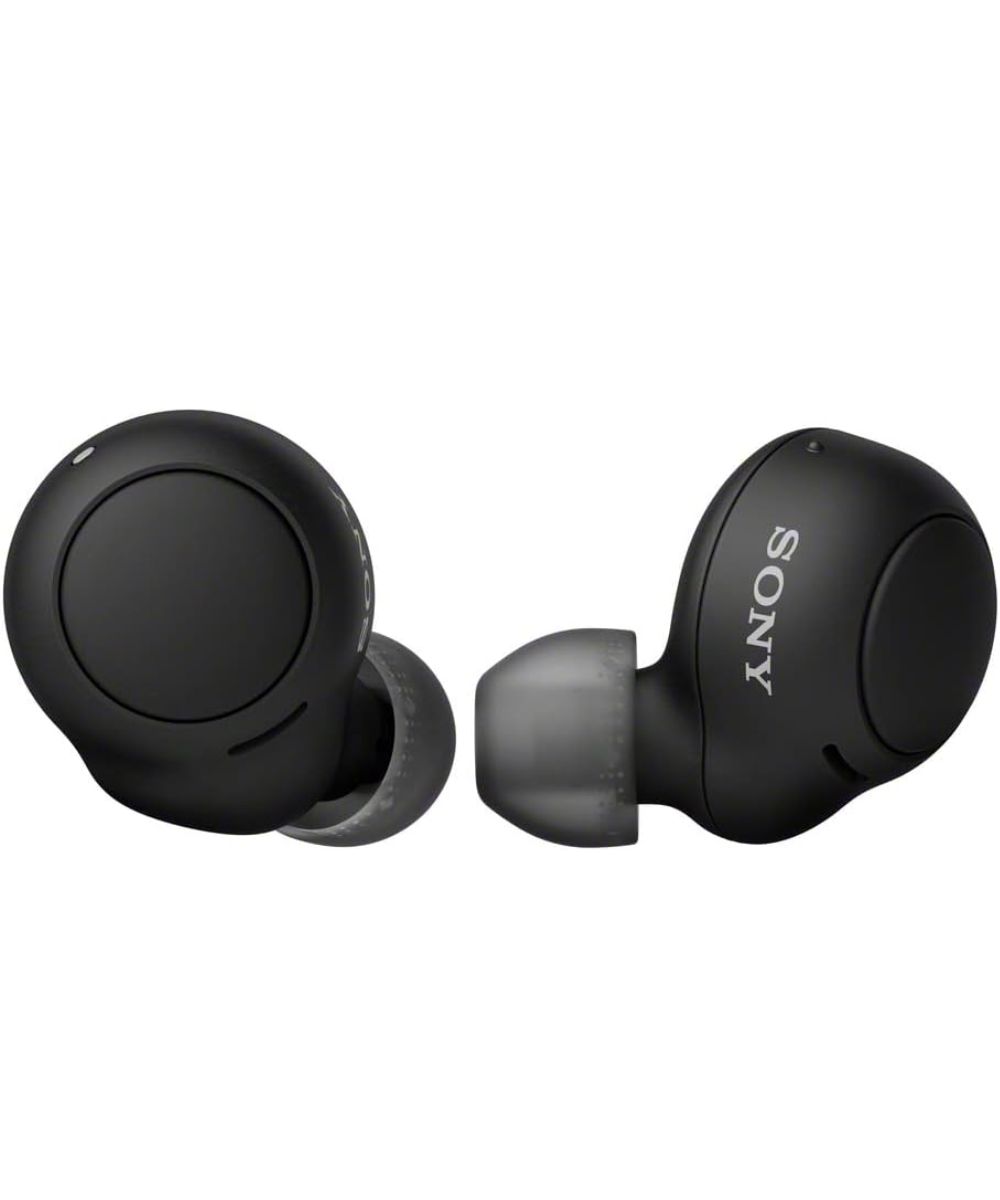
If you're looking for the best sound possible for the lowest price, then the WF-C500 are a great bet. They're comfortable too, and have some great Spatial Audio thanks to Sony's recently updated app.
The best cheap headphones you can buy today
Why you can trust Tom's Guide
Best cheap headphones overall
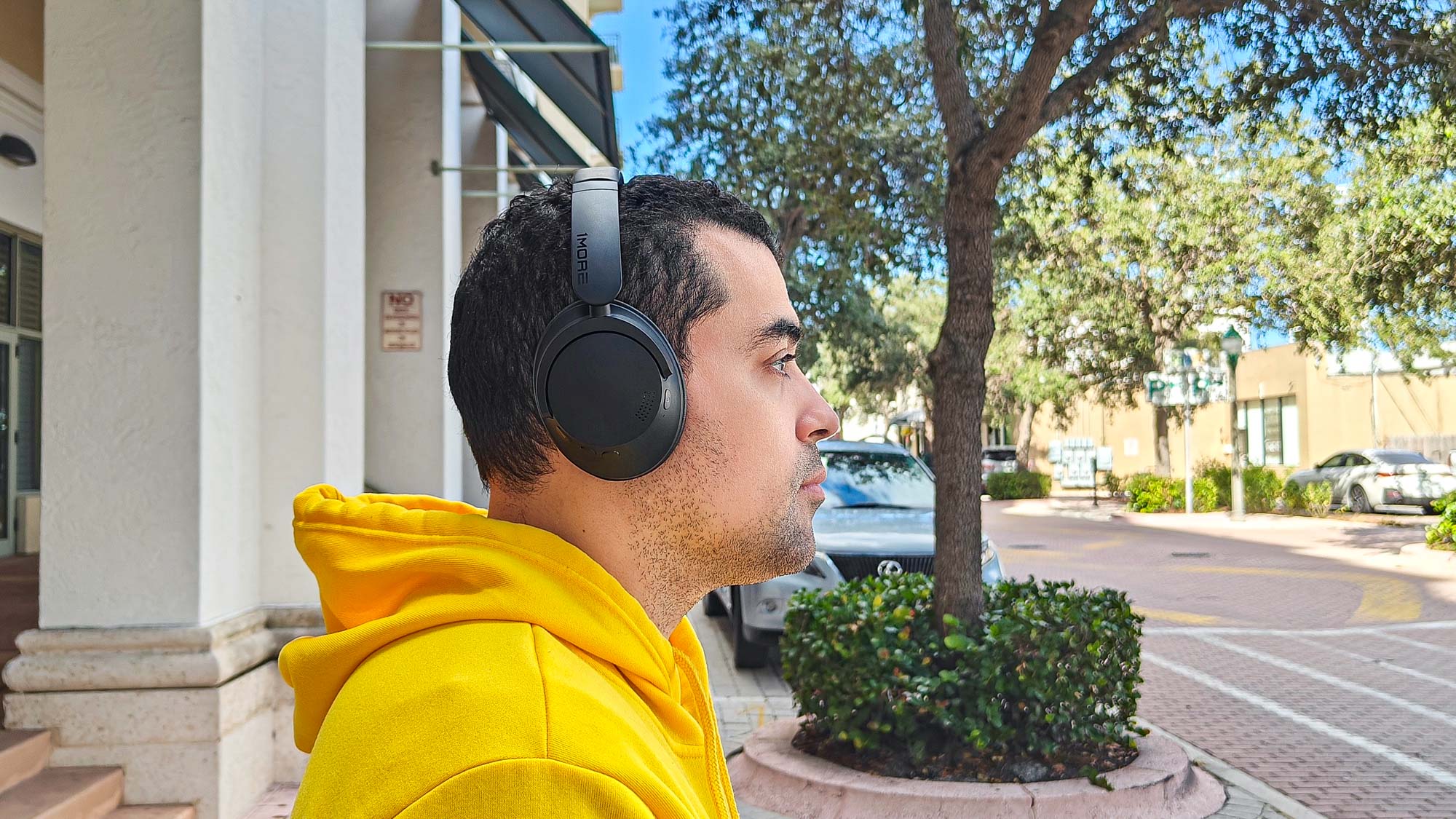
Specifications
Reasons to buy
Reasons to avoid
With remarkable battery life that lasts up to 50 hours with ANC on and strong performance across the board, these are the best cheap headphones right now. Our reviewer found that they were able to showcase higher quality music streams, and they also rank as one of the best cheap noise canceling headphones for value thanks to their noise cancelation performance that managed managed to block out 85% of incidental sounds in all environments during our tests.
These headphones are also good for call quality handling, with the combination of strong ANC and a mic array that worked surprisingly well during our test calls. They also have some of the strongest quick-charging technology and claim to achieve around 5 hours of playtime from a 5-minute power top up, which is greater than some high-end models can achieve.
Best value cheap headphones
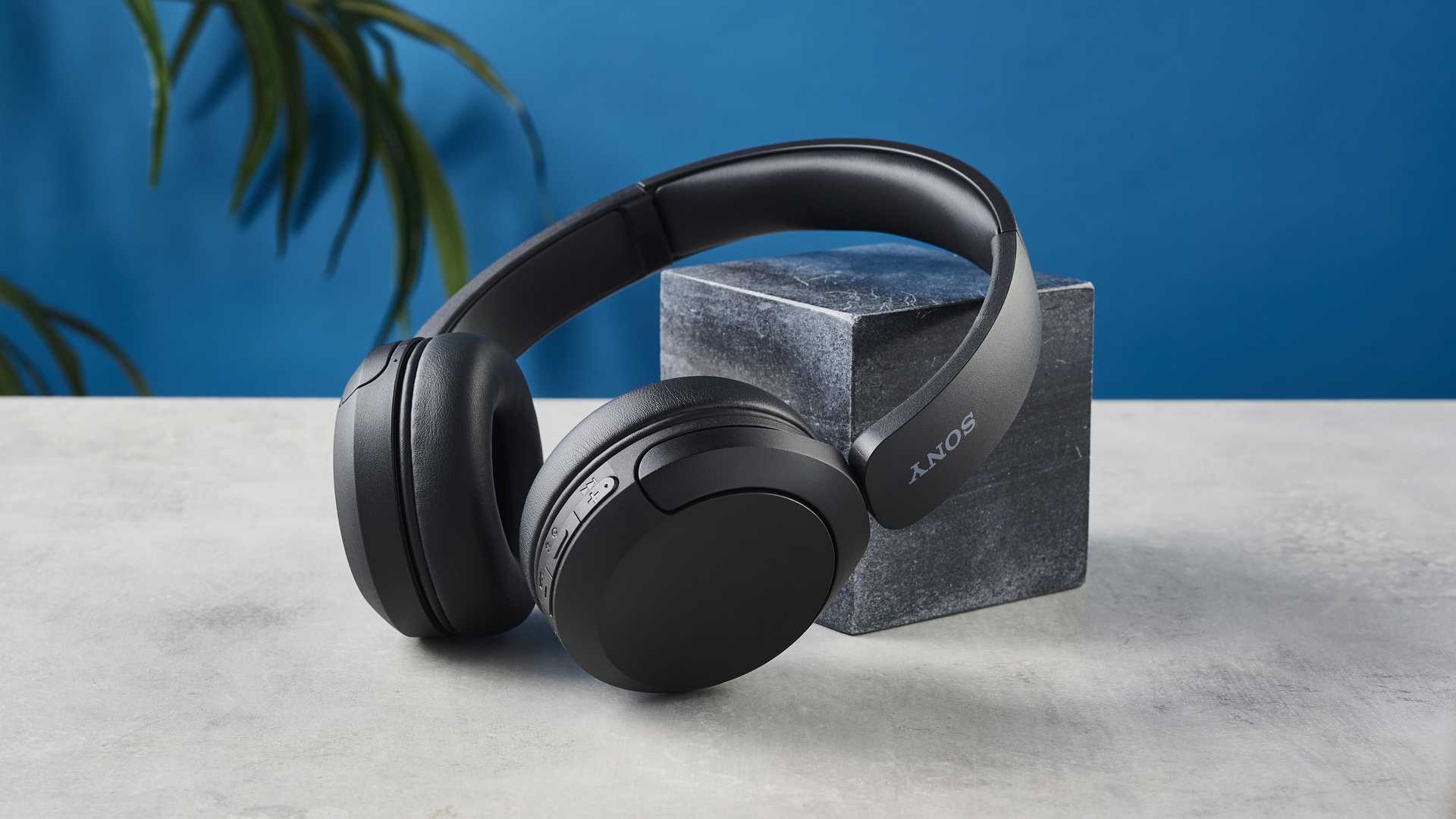
Specifications
Reasons to buy
Reasons to avoid
If you're looking for Sony's great control app experience but don't want spend big on its WH-1000XM5 flagship model, these are the ones for you. The Sony WH-CH520 on-ear headphones combine much of what we love about the company's upmarket headphone designs, and are a great value option for those on a budget.
These affordable on-ears pick up from where their WH-CH510 predecessor left off and boast significantly longer battery life, a quicker charge time, and the option to fine-tune the audio settings to make the most of your music via a bunch of useful sound tools in the Sony Headphones Connect app. They weigh just 5.1 ounces, but have a solid and sturdy feel, with an extendable headband that doesn’t become flimsy at maximum reach.
Sound quality was impressive during our tests, delivering a thumping but nuanced bass and crisp midrange, and there's support for Sony's 360 Reality Audio via the app too. There's no noise canceling and the built-in mics is serviceable for calls at best, but the Sony WH-CH520 headphones are a useful cheap option for casual listening at home and the workplace.
- Read the full Sony WH-CH520 review
Best ANC under $100
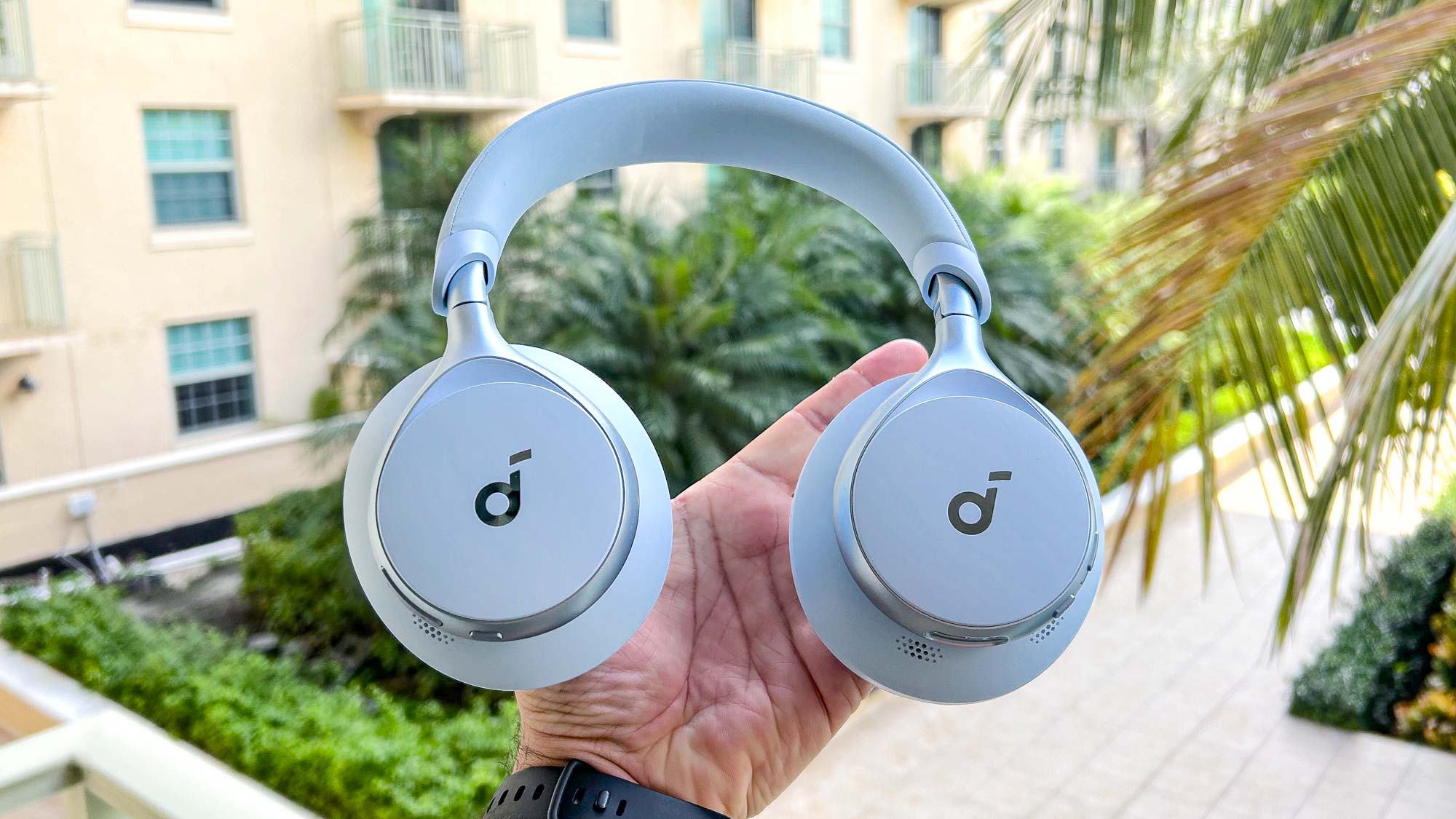
Specifications
Reasons to buy
Reasons to avoid
We've been very impressed by the Anker Soundcore Space One for their premium sound features and ANC performance at the entry-level price. The have Bluetooth 5.3 with LDAC codec support, customizable sound, multipoint technology, and some of the strongest quick charging out there. A safe volume settings add to the lengthy list of features. The adaptive ANC can be personalized via different listening modes to your liking, and is an impressive feature at the price.
Performance is above what we expected, with strong bass levels and a re-engineered sound profile that brings greater clarity to mids and highs. Unlike several cheap headphone designs, the Anker Soundcore Space One headphones are available in several attractive color options including jet black, latte cream and sky blue colorways.
- Read our full Anker Soundcore Space One review
Best cheap wireless earbuds overall
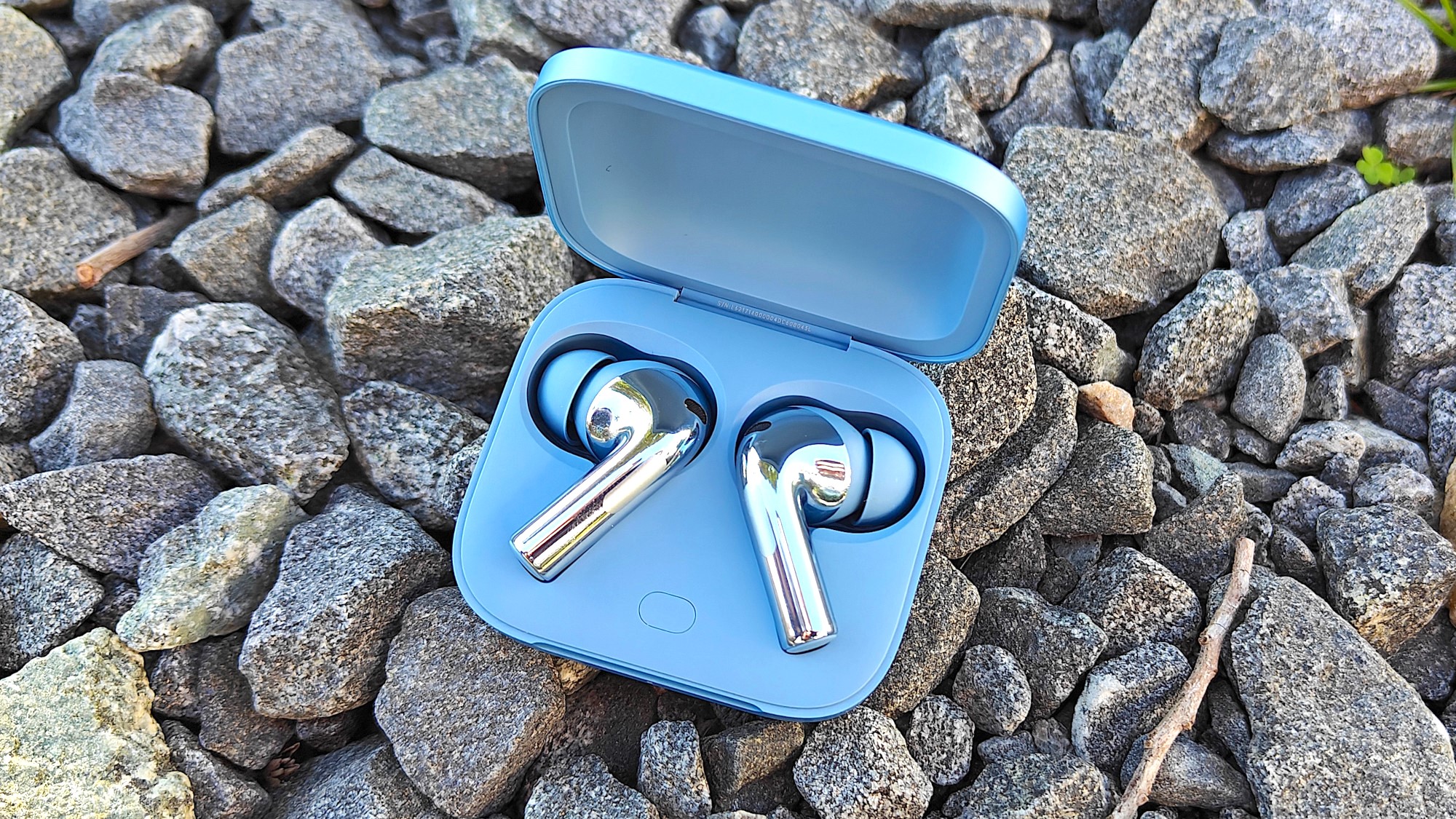
Specifications
Reasons to buy
Reasons to avoid
Our favorite budget buds are the $99 OnePlus Buds 3. The amount of functionality squeezed into these inexpensive, handsome-looking wireless danglers is shocking. Sound design is superb, thanks to dual dynamic driver units (6mm tweeter + 10.4mm woofer) that pump out a compelling mix of clean highs, striking mids, and thumpy lows. A variety of sound personalization tools are available to enhance performance, from a customizable EQ to a Hi-Res mode that reduces distortion on boom-heavy tracks. Spatial audio is on board, and though it emphasizes instruments and vocals, there is an airy presence that makes it sound unnatural.
ANC is a huge improvement from past OnePlus releases and produces great noise neutralization for distraction-free listening in most loud environments. The technology also lends itself to superb voice calling in indoor and outdoor settings. Responsive controls and connectivity add to their value.
- Read our full OnePlus Buds 3 review
Best cheap wireless earbuds under $25
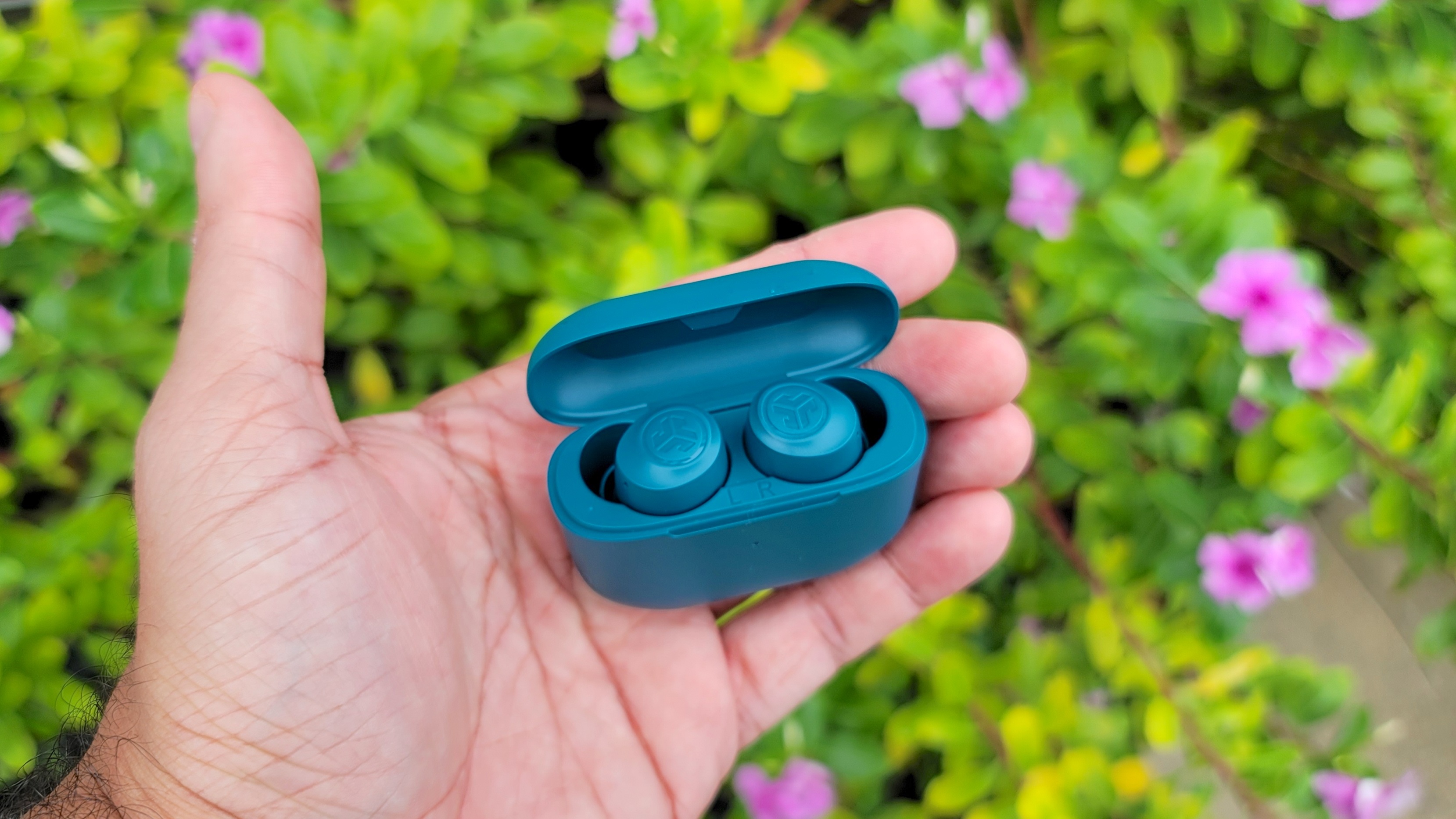
Specifications
Reasons to buy
Reasons to avoid
The JLab Go Air Pro is proof, housing a dynamic soundstage and 32-hour battery inside a sturdy, IPX4-protected design for sweat and water resistance. Three EQs are programmed into the buds, each one capable of enhancing sound quality based on your preference. Bass Boost is self-explanatory, while Balanced gives audio a neutral presence and JLab Signature offers a bit of both; we recommend sticking with the latter.
Up to 8 hours per charge is generous for buds this inexpensive, so is bundling the buds with a compact charging case that holds 4 extra charges and comes with an integrated USB cable for charging on the go. The different color options are enticing too: black, lilac, slate, rose, and teal.
- Read our full JLab Go Air Pop review
Best cheap wireless earbuds for sound
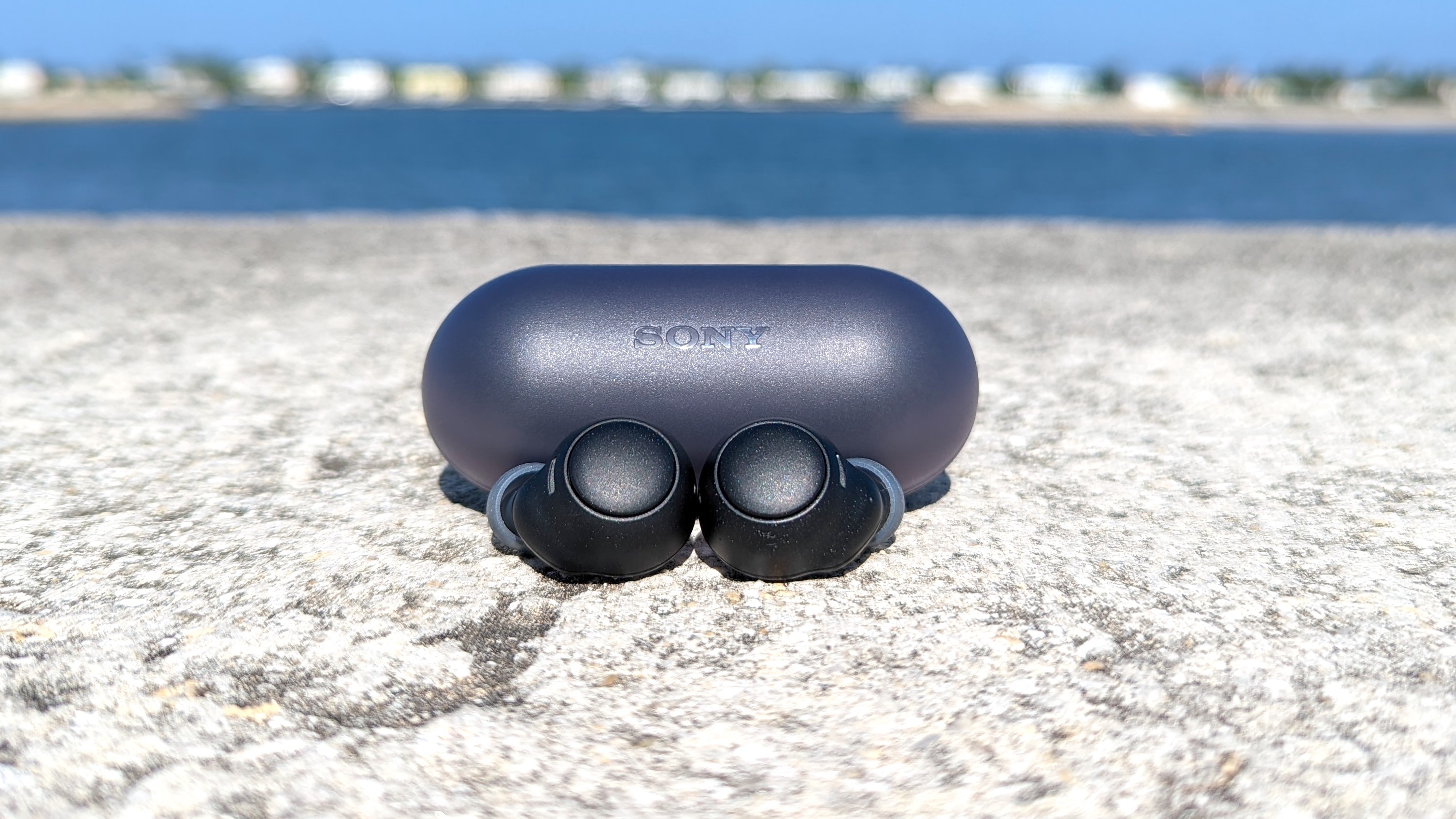
Specifications
Reasons to buy
Reasons to avoid
Sony's WF-C500 earbuds may not wow you with their looks, but arguably these are the best wireless earbuds under $100. Music sounds punchy and although their profile might not be as depth-filled as the Sony WF-1000XM4, you can expect powerful lows and crisp highs, along with under-emphasized mids. Should you want to tweak the sound, there’s the Equalizer feature in the Sony Headphones Connect app to manually adjust frequencies or select from nine presets that prioritize different sonic elements, depending on the music genre or content.
The WF-C500 isn’t perfect, though, with slightly impractical controls that can inflict some discomfort when attempting to activate, and mediocre capacity from the charging case. However, these are trivial complaints when factoring in the level of sound Sony has managed to engineer into these tiny buds, and they're a bargain-priced model that really shouldn't be overlooked.
- Read our full Sony WF-C500 review
Also tested...
We test a lot of audio products across different price points. Not all are selected for inclusion in our buying guides. That's not to say that they're not great performers, just that they're beaten by rival models with a stronger set of features or performance. Our picks are the very best we've tested and have all been given full reviews. With more models to choose from than ever, we want to make sure that you consider these also tested options, which have all been through our rigorous testing processes, but didn't quite make the cut.
JLab Epic Air Sport ANC (2nd Gen) (★★★★)
One of our favorite pairs of running headphones and best budget workout headphones is a fantastic purchase for novice exercisers requiring sonic fuel to boost their exercise routine. The second-gen Epic Air Sport ANC have a more refined soundstage (when you enable the Balanced EQ) that continues to place bass at the forefront, but also gives mids and highs some attention for pleasant audio consumption. JLab’s signature earhook design is dependable for on-ear stability and built for longevity, thanks to durable construction with IP66 certification for dirt, sweat, and water resistance. You’re not going to get much from ANC or call quality, but neither of these flaws are deal-breakers considering the low price point.
Read our full JLab Epic Air Sport ANC (2nd Gen) review
Anker Soundcore H30i (★★★1/2)
Anker has so many inexpensive offerings that are worth acknowledging, but the H30i are easily second to the Space One in terms of headphone value. These $30 wireless on-ears are a great pickup for brand enthusiasts that enjoy Anker’s bass-forward soundstage, despite the design letting in lots of ambient noise, which can be a silver lining for those wanting to increase their ambient awareness. But it’s the 70 hours of playtime per charge that elevates the H30i to a higher tier than most headphones priced under $100. You just have to live with shortcomings like an unfavorable control scheme and uncomfortable wearability, and that may be asking a lot of certain consumers.
Read our full Anker Soundcore H30i review
1More PistonBuds Pro Q30 (★★★1/2)
A fixture in the inexpensive true wireless space, 1More has created an impressive AirPods Pro (Gen 1) alternative that matches the sound quality for a fraction of the cost. The pleasant and punchy soundstage with expansive feature set culminates in satisfying sonic vibes. Underrated wireless earbuds features like the low-latency Game Mode also enhances audio synchronization when watching videos. ANC is decent, but it’s the buds’ effective wind resistance that shines. It would have been nice if 1More fixed the finicky touch controls and put more effort into their extremely-poor-performing spatial audio technology.
Read our full 1More PistonBuds Pro Q30 review
How to choose
5 things to consider when selecting the best cheap headphones
Just because you’re spending less doesn’t mean you’re settling for less. You want to get the most bang for your buck when shopping for the best cheap headphones, and the one way to ensure this is by checking off a few essentials from the list.
Many factors come into play when shopping for the best cheap headphones, but your decision should always come down to intended use. That being said, you’ll want to take the following categories into account before settling on any pair.
1. Design: Are you looking for in-ear, on-ear or over-ear headphones? Wired or wireless? Since these are headphones that will be used for multiple occasions, you want something that suits your lifestyle. Whatever type you choose, make sure the headphones are well built, easy to carry, and comfy to wear for about 1 to 2 hours daily.
2. Sound quality: Different models offer different sound, and since you’re buying a pair to enjoy music individually, it’s important to find headphones that match your sound preference, be it heavy bass or distinctively clear to where you can hear the littlest nuances in recordings. Some models offer personalized sound via companion app, which allows the user to create their own profiles and tweak EQ levels to their hearing.
3. Battery life: Models like Sennheiser's 60-hour battery life are a real crowd pleaser, but most wireless over-ear headphones typically manage around half that. Wireless earbuds can last about 5 to 10 hours and offer extended playtime with their bundled charging cases — always make sure one is included.
4. Accessories: It's disappointing spending money on a new pair of headphones only to find that you need to buy the accessories separately. For wired models, the manufacturer must include the aux cable, and any headphones that come with a carrying case, charging cable, user guide, and extra ear cups or tips are solid purchases.
5. Pricing considerations: Obviously, price is a big consideration when looking for the best cheap headphones. Generally speaking, the less you spend on a pair of headphones the greater the chance that sound and features will be compromised. Going for a budget option isn't necessarily a bad thing, though, as the models in this list demonstrate.
As the saying goes: timing is everything, and right now some of our favorite cheap headphones are being discounted online and are available for even less. Bookmark our best headphone deals pages to keep track of the latest bargains.
What about wired headphones?
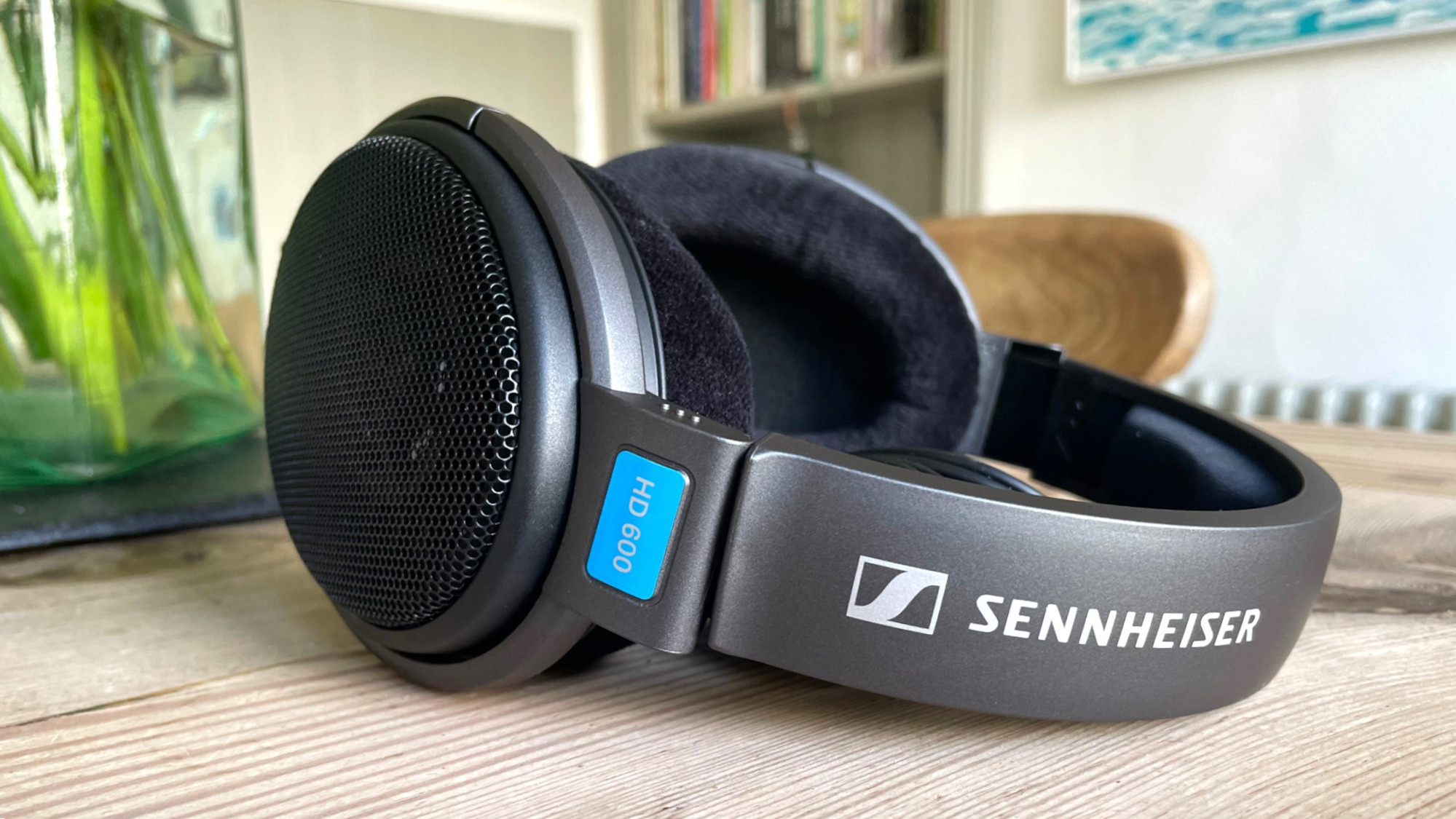
Wired headphones can be a great way to save money, but there are some drawbacks. In exchange for impressive sound quality and a lighter list, you won't get some of the features of wireless headphones. ANC is generally not something you'll find now, and you won't get any of those fancy EQ modes and other clever systems.
In exchange, you'll get better sound for a lower price. It's all a game of give and take — important to work out what you want before you make a final decision.
How we test
As with most of our headphone roundups, we based our list of the best cheap headphones not only on price, but also design, sound, and ease of use. Available features such as controls, mics, and digital assistant support are tested as well.
Our reviewers wear each pair of headphones for 2 hours at a time throughout the testing phase. From there, they evaluate how comfy and securely they fit, along with how well they isolate noise.
For sound quality, we evaluate volume, clarity, and fullness by listening to many songs across different music genres. This includes hip hop, rock, jazz, classical, and electronica just to name a few. Movies, podcasts, and video games are considered, when necessary. Our reviewers make phone calls to assess call quality and microphone performance too.
After testing is completed, our reviewers rate the best cheap headphones on Tom’s Guide five-point system (1 = worst, 5 = best). Products that hit nearly every mark receive an Editor's Choice badge.
Find out what we listen for during our testing process and how to get the best headphone sound for you.
More from Tom's Guide
- Best wireless earbuds under $100
- 5 of the best Bluetooth speakers for outdoor sounds this summer
- Iconic audio brand brings all-day comfort in new earbuds that rival AirPods
Best deals
Get instant access to breaking news, the hottest reviews, great deals and helpful tips.

Tammy and her generous collection of headphones have found a new home — Tom's Guide! After a two-and-a-half-year stint as iMore's resident audiophile, Tammy's reviews and buying guide expertise have more focus than ever on Tom's Guide, helping buyers find the audio gear that works best for them. Tammy has worked with some of the most desirable audio brands on the planet in her time writing about headphones, speakers, and more, bringing a consumer focussed approach to critique and buying advice. Away from her desk, you'll probably find her in the countryside writing (extremely bad) poetry, or putting her screenwriting Masters to good use creating screenplays that'll never see the light of day.
